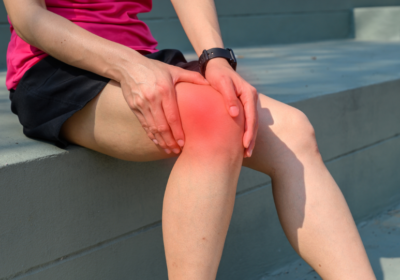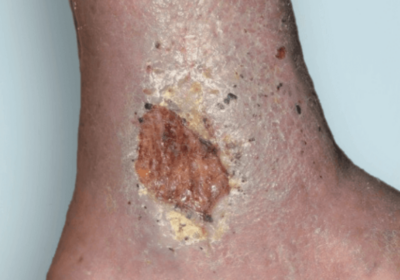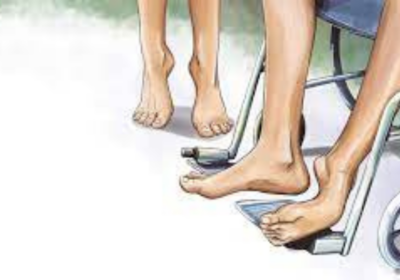Virechana Treatment In Ayurveda | Benefits
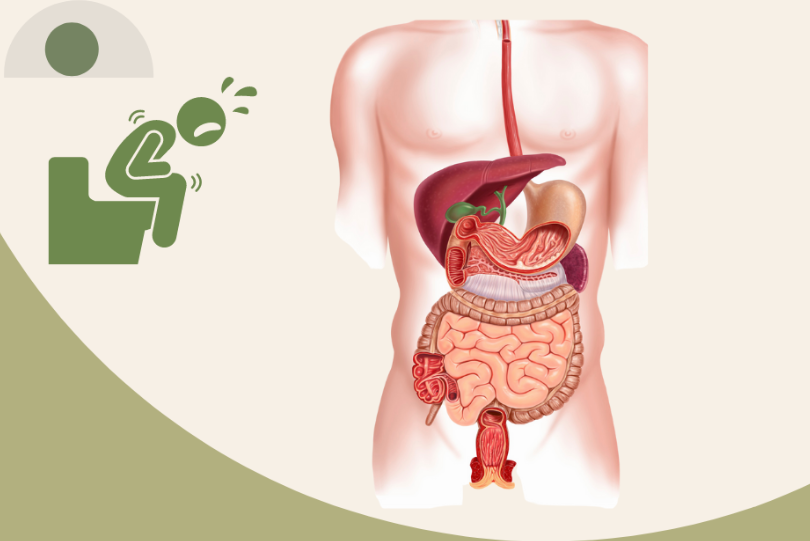
- Within the ancient scriptures of Ayurveda, the Virechana procedure stands as a pivotal therapeutic modality, deeply rooted in the principles of holistic health.
Virechana plays a crucial role in the restoration of the equilibrium of the Pitta Dosha. This treatment modality involves the controlled administration of purgative drugs (drugs that loosen stool or bowel activity), thereby facilitating the systematic expulsion of accumulated toxins. - Virechana is the term used to describe the forceful ejection of vitiated pitta or kapha-associated pitta through the anal route.
What is ‘Pitta’? ‘Pitta’ is one of the three doshas, or fundamental bio-energies, that govern various physiological and psychological functions in the human body. Under normal circumstances, Pitta Dosha plays a major role in the mechanism of the human body. But, any deviation from the normal levels can lead to the manifestation of an array of Pitta-related disorders.
Role of Pitta Dosha at Equilibrium
| Controls digestion and metabolism | Imparts glow and complexion |
| Regulation of body temperature, thirst, and hunger | Controls normal Sight Mechanism |
| Promotes intelligence and vitality | Promotes sound sleep |
Signs of Pitta Imbalance
| Excessive thirst, sweating, and hunger | Digestive issues like Hyperacidity |
| Impulsive personality and anger issues | Loose bowel movements |
| Formation of rashes, ulcers, and skin eruptions | Mood swings, OCD, PMS, etc |
| Disturbed sleep | Extreme fatigue and hair fall |
Benefits of Virechana
| Improved perception of the Sense Organs | Longevity and virility |
| Pleasant mood and temper | Relief from Gastrointestinal issues |
| Improved intellect | Sound sleep |
| Improved digestion and metabolism | Relief from Skin disorders |
Types of Virechana
Mainly 4 types;-
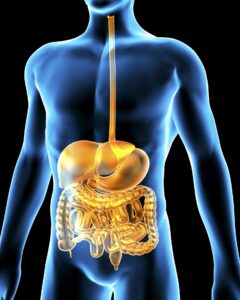
-
Anulomana
Virechana where the purging drug brings about the complete digestion of the food before expulsion from the body.
-
Sramsana
Here, the drugs act on the digested or semi-digested food that adheres to the Gastrointestinal Tract before expulsion from the body.
-
Bhedana
Forceful evacuation of impacted, accumulated fecal matter after being broken down into easily passable stool.
-
Rechana
Digested or semi-digested food is liquefied, irrespective of the stage of digestion, and later expelled through the rectum in a liquid form.
Persons eligible for Virechana
| Non-healing wounds | Hemorrhoids | Gastrointestinal issues |
| Constipation | Thyroid issues | Skin disorders |
| Obesity | Genito-urinary issues | Inflammation |
| Excessive burning sensation | Herpes | Chronic RTIs |
| Asthma | Hives and Urticaria | Urinary Tract Infections |
How is Virechana done?
- Virechana is an Ayurvedic detoxification procedure that involves a systematic process of detoxifying the body by administering purgative Ayurvedic medicines (Laxative Medicines). Following an internal Oleation (Snehana) and fomentation (Swedana), Ayurvedic formulations are carefully selected based on the patient’s constitution or Prakriti. These purgative medicines promote regulated bowel motions, thereby removing excess Pitta dosha and toxins.
- Within 8 hours of taking the medication, the patient may experience 7 to 20 bouts of loose stool. Because the body loses its digestive function after Virechana, the patient will be placed on a strict food regimen. First, a liquid diet consisting of rice porridge will be implemented. The patient’s ability to digest food will be evaluated by our physician before solid food is gradually introduced.
Can you determine if your Virechana procedure was successful?
Of course, yes! Ancient Ayurveda scriptures have specifically mentioned the signs where your physician can determine whether your Virechana procedure was carried out perfectly. They are as follows
| Feeling of lightness and mild tiredness | Regular bowel movements and urination |
| Reduction of symptoms of the respective disease | Calm mind, and soul |
| Clarity of the 5 sense organs | Natural urges like Hunger and Thirst at ideal times |
| Improved complexion and skin tone | Restoration of normal digestion |
| Reduction in inflammation of the body | Improved intellect |
Guidelines to observe immediately after undergoing Virechana Therapy
- The patient must consume light, liquid food as per the Physician’s instructions.
- Make sure to maintain hydration by drinking at least 2 to 3L of water a day.
- Avoid gluttony, sleeping late or sleeping during the day, traveling, coitus, walking long distances, exposure to sun, dew, or strong winds, Suppressing natural urges like defecation and urination, excessive anger or grief, talking loudly, etc.
- Drink warm water only.
- The patient must take adequate rest following Virechana in a room. Care should be taken to not lie down directly beneath a Fan, Air Conditioner, or direct wind.
DISCLAIMER: The information provided in this article is intended solely for educational purposes. Treatment decisions should be made exclusively by a well-qualified Ayurvedic physician. Self-medication is strongly discouraged.


